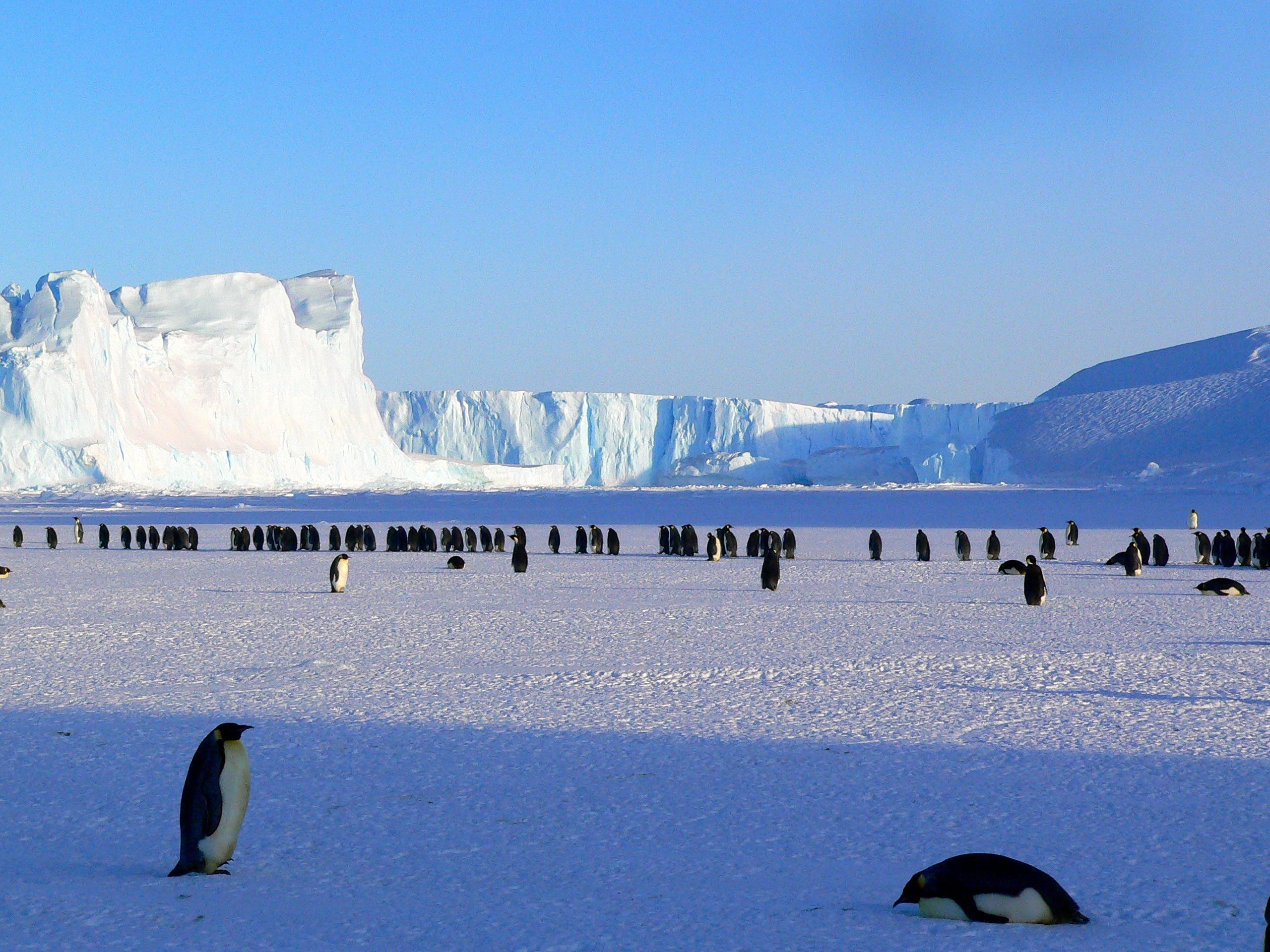Study Shows Extreme Weather Facilitates Invasive Species’ Competitive Edge Over Native Animals
A recent study published in the scientific journal Nature Ecology and Evolution sheds light on the interplay between extreme weather events, invasive species, and their impact on native ecosystems in the context of climate change.
The study delves into the growing threats of non-native species, which appear to possess greater resilience in extreme weather conditions. This resilience not only endangers native plants and animals but also creates favorable conditions for invasive species, potentially exacerbating the challenges posed by climate change.
Climate change increases extreme weather events such as wildfires, droughts, heavy rainfall, and storms. These events are predicted to become more frequent throughout the next century due to human-driven climate change. Simultaneously, humans unintentionally transport more species into new areas despite global efforts to bolster biosecurity measures and eradicate specific species.
Unfortunately, some of these introduced non-native species can evolve into invasive threats, causing harm to native ecosystems. Invasive species often possess traits that enable them to thrive when ecosystems are disturbed. For example, they tend to be fast-growing, allowing them to quickly occupy gaps left by native species struggling to recover from disturbances.
They are also adept at dispersing their seeds, facilitating their rapid colonization of disturbed areas. The study suggests that extreme weather events and the success of non-native species may be intricately linked. When severe weather events eliminate native plants and animals, it increases the availability of resources like water and space.
Non-native species can exploit these new resources to establish themselves, further threatening native biodiversity. Moreover, extreme weather and invasive species can interact in ways that amplify their detrimental effects on native ecosystems. For instance, in a field experiment in the US, a fire was intentionally set, resulting in a 10% mortality rate for longleaf pine trees in the study area.
However, in places where an invasive grass called cogongrass had been established alongside the pines, the fires became larger, hotter, and more prolonged due to increased fuel, leading to a 44% mortality rate for longleaf pines.
The Extreme Weather and Invasive Species

Similarly, on Macquarie Island in the southwest Pacific, the combination of extreme rainfall and invasive European rabbits reduced the breeding success of nesting black-browed albatrosses. The invasive rabbits, through heavy grazing, reduced plant cover, exposing albatross chicks to harsh weather conditions.
This intricate relationship between extreme weather and invasive species, driven by human activities, poses significant threats to native plants and animals. It can potentially incur substantial economic costs for countries in the coming decades. Ecologists are now tasked with identifying priority areas and species for targeted efforts to minimize costs and prevent further loss of native biodiversity.
The study analyzed data from 443 peer-reviewed studies on species’ responses to wildfires, droughts, and storms. Results indicated that non-native species are more likely to benefit from extreme weather events than native species. For example, while native species in freshwater and land-based ecosystems suffered from droughts, their non-native counterparts showed no significant response. Marine ecosystems exhibited comparatively more resistance to extreme weather events, with fewer differences between native and non-native species.
By combining this information with known global hotspots of extreme weather, researchers identified areas where native species may be particularly vulnerable to the combination of severe weather and invasive species. Strategies to combat these threats include early preventative measures to halt the spread of invasive species in vulnerable regions and targeted restoration efforts to remove non-native species and promote resilient native communities.
Such actions are increasingly crucial as the world grapples with a changing climate and the resulting mixing of plant and animal species across ecosystems. The study underscores the need for proactive measures to mitigate the impacts of invasive species and protect native biodiversity in the face of climate change.


Comments are closed.